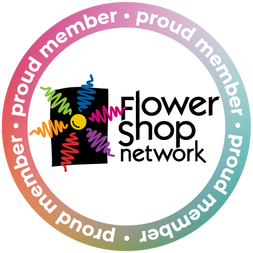The Rise and Fall... and Rise again of the Iconic Carnation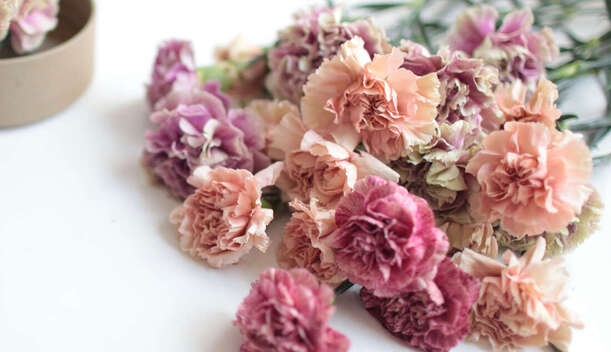 The classic carnation flower is a house-hold name that is a considered a staple commercial cut flower in the world of floristry. From boutonnieres, corsages, and fresh floral mixes, the carnation has made appearances in many facets of floral design. Though the carnation is a famous floral with a long colorful history, a trail of controversy has surrounded this fluffy textured floral throughout its lifetime. Ask anybody you know, and they will either love or hate the carnation. It's safe to say the carnation has risen, fallen, and is rising yet once again for a much-anticipated comeback in the world of floral style. To better understand the controversy and pre-conceived notions of this historic floral, it's necessary to reflect on the flowers rich timeline and climb to stardom. The History of Carnations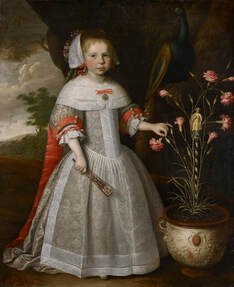 Victorian child posed with a vase of blooming carnations. Victorian child posed with a vase of blooming carnations. Carnations have a lengthy history that stems back to ancient Greek and Roman times when they were first depicted in art and decor. It was around this time that carnations were also first mentioned in Greek literature, represented in tales with Greek goddesses. Some Christians even believe that the first carnation bloomed when Mary wept for Jesus as he carried the cross. During these early times in history, carnations were said to only be in the shades of light pink and peach and have progressed over time to be in the variety of colors we know today. Not only were carnations a beloved floral, but their fragrance was a useful tool in crafting different foods and drinks. Carnation fragrances were used to craft vinegar, sauces, salads, as well as wine and beer, and petals used to craft delicious teas. Although carnations have been predominant throughout our history, they are said to have a prominent peak during the Victorian era. Carnations can be seen in many portrait style paintings from this time period and were very popular in communicating romance. Reportedly, carnations would be sent back to suitors and a solid color would indicate interest, whereas a striped carnation would indicate "regretfully no." Each color of carnation had a special meaning to Victorians. Red signified admiration, white was purity, yellow symbolized rejection, and pink symbolized gratitude. Shakespeare was also a big fan of the carnation, writing about their beauty in the Winter's Tale. The 1930's caught the carnation sensation and may be why some stereotypes have emerged about the floral being a "old-ladyish." Carnations were all the rage in the 1930's, blooming in backyard gardens, painted in wallpapers, favored in bouquets and showcased in trending fashion. The carnation held it's popularity throughout the 1940's and 1950's and became a favored floral in the culture of the time. As time progressed and the early 21st century came forth, so did the new floral trends. Carnations began to get a bad rep in the last 20 years and have been stereotyped to be outdated, and a "cheap" floral." Florists were expected to turn their nose at these over-used flowers and welcome the new style selections. Carnations were associated with lesser extravagant occassions, like child dance bouquets and teenage coursage's. It's only been the last couple of years that we've seen carnations come back in style once again. Like the old saying, everything comes back around again! The Major Comeback of Carnations
0 Comments
Leave a Reply. |
HannahOwner and lead floral artist at Hannah's Flowers Midland, MI Archives
July 2023
Categories |
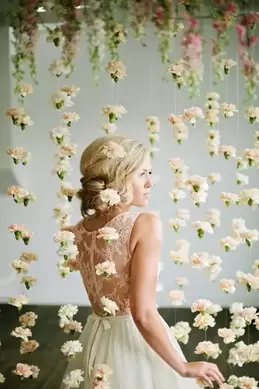
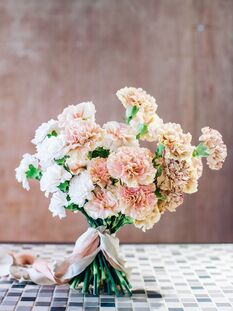
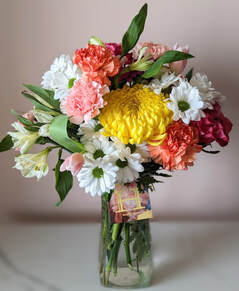
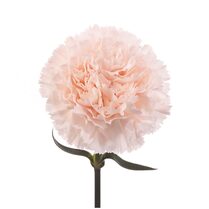
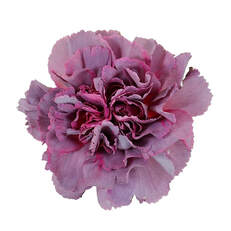
 RSS Feed
RSS Feed
